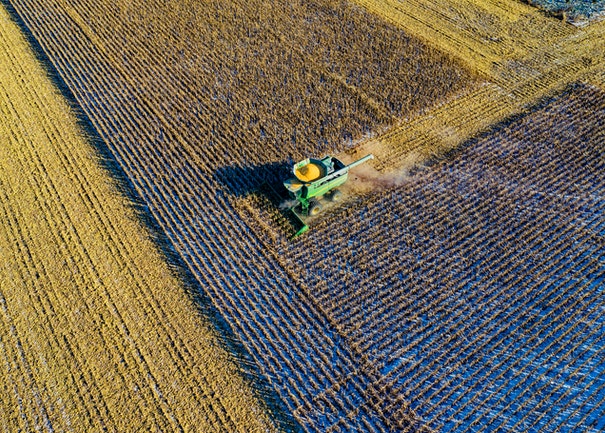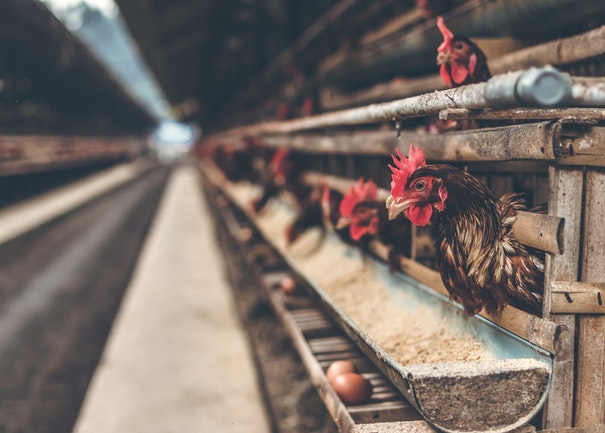Experience Agricultural Trading with Trade Universal Connect
AGRICULTURE Experience transparent trading with Trade Universal Connect today
Agricultural investment is the most important and most effective strategy for poverty reduction in rural areas, where the majority of the world’s poorest people live (World Bank, 2008, FAO, 2012). Investing in agriculture reduces poverty and hunger through multiple pathways. Farmers invest to enhance their productivity and incomes. From society’s point of view, this in turn generates demand for other rural goods and services and creates employment and incomes for the people who provide them, who tend to be the landless rural poor. These benefits ripple from the village to the broader economy.
Insufficient investment in the agricultural sector of most developing countries over the past 30 years has resulted in low productivity and stagnant production. World agriculture must meet the major challenge of feeding some 2.5 billion more people by 2050. Adding to this challenge, most of the growth in population will occur in countries where hunger and natural resource degradation are already widespread. Crop and livestock production systems must become more intensive to meet growing demand but they must also become more sustainable (FAO, 2011, Save and Grow). Sustainable intensive production systems are capital-intensive; they require more physical, human, intellectual and social capital in order to sustain and rebuild the natural capital embodied in land and water resources. Net investments of at least US$83 billion annually are needed in agriculture to meet targets for reducing poverty and the numbers of malnourished (Schmidhuber, Bruinsma and Boedeker, 2009). Doing so in a sustainable manner that preserves natural resources and is conducive to long-term development will require even more.
The major agricultural products can be broadly grouped into foods, fibers, fuels, and raw materials (such as rubber). Food classes include cereals (grains), vegetables, fruits, oils, meat, milk, eggs, and fungi. Over one-third of the world's workers are employed in agriculture, second only to the service sector, although in recent decades, the global trend of a decreasing number of agricultural workers continues, especially in developing countries, where smallholding is being overtaken by industrial agriculture and mechanization that brings an enormous crop yield increase.
Agriculture Trading - Farm REITS
Access to the most liquid global market

Smart Farming, Livestocks
Safe, High Yielding Investments

